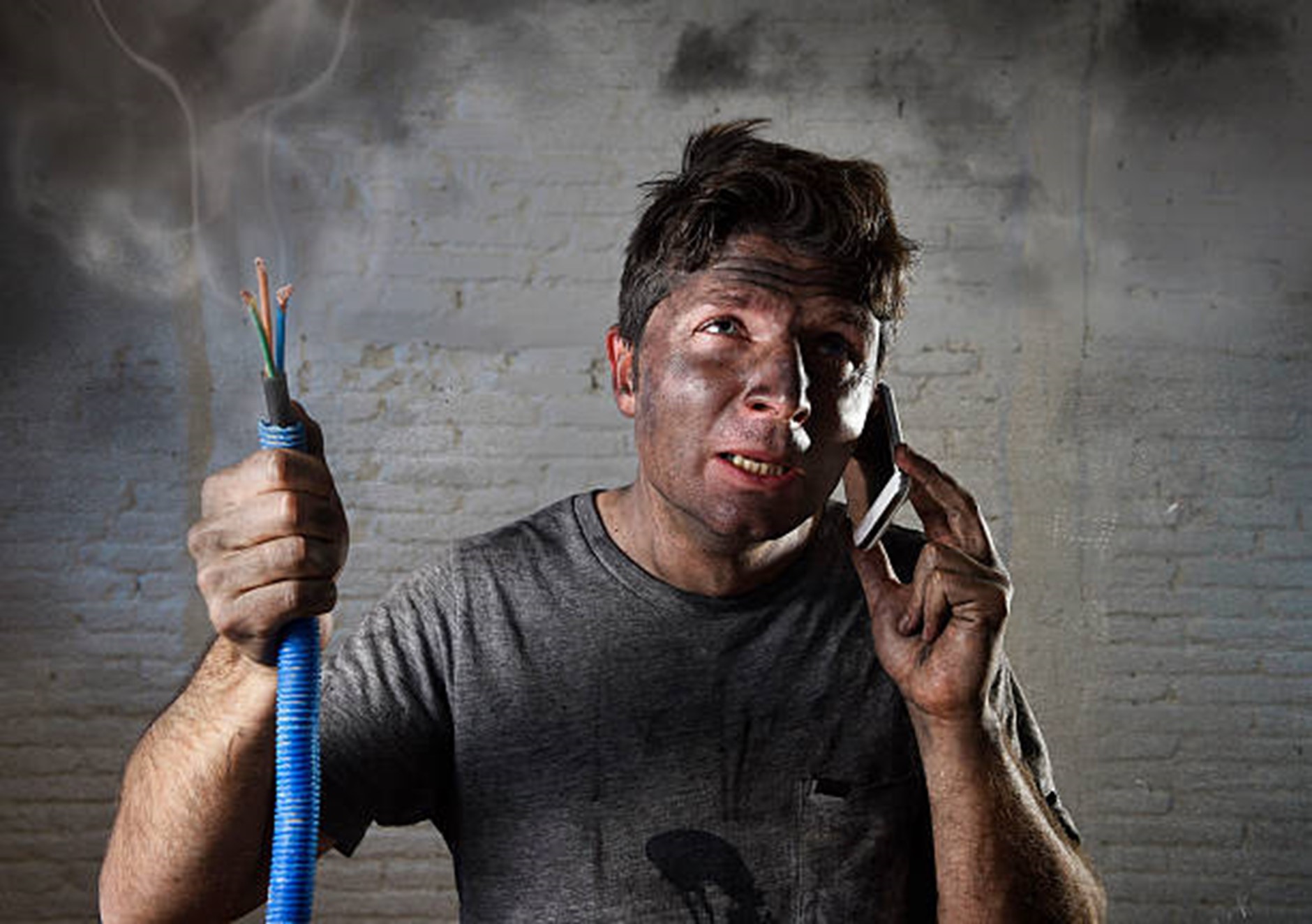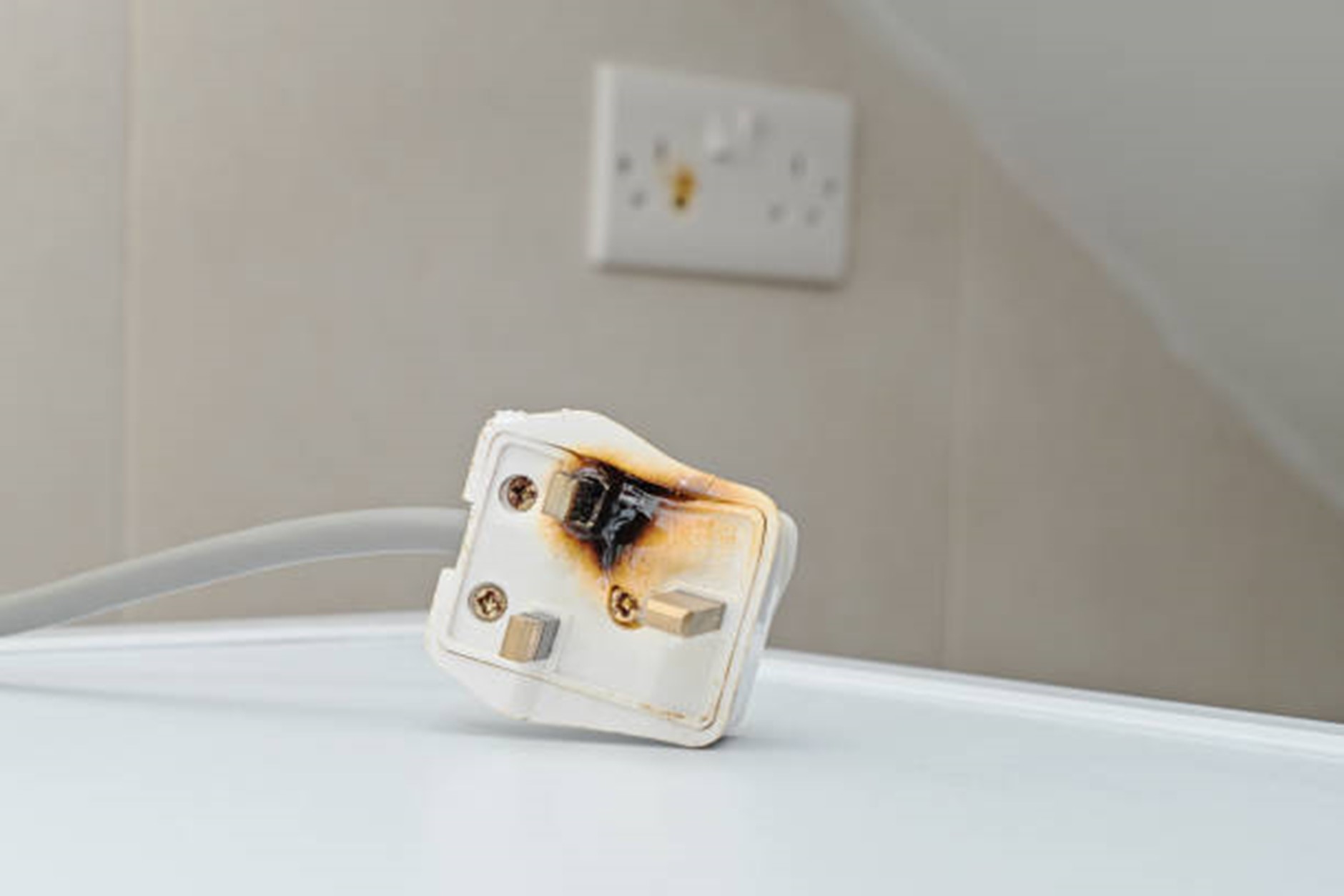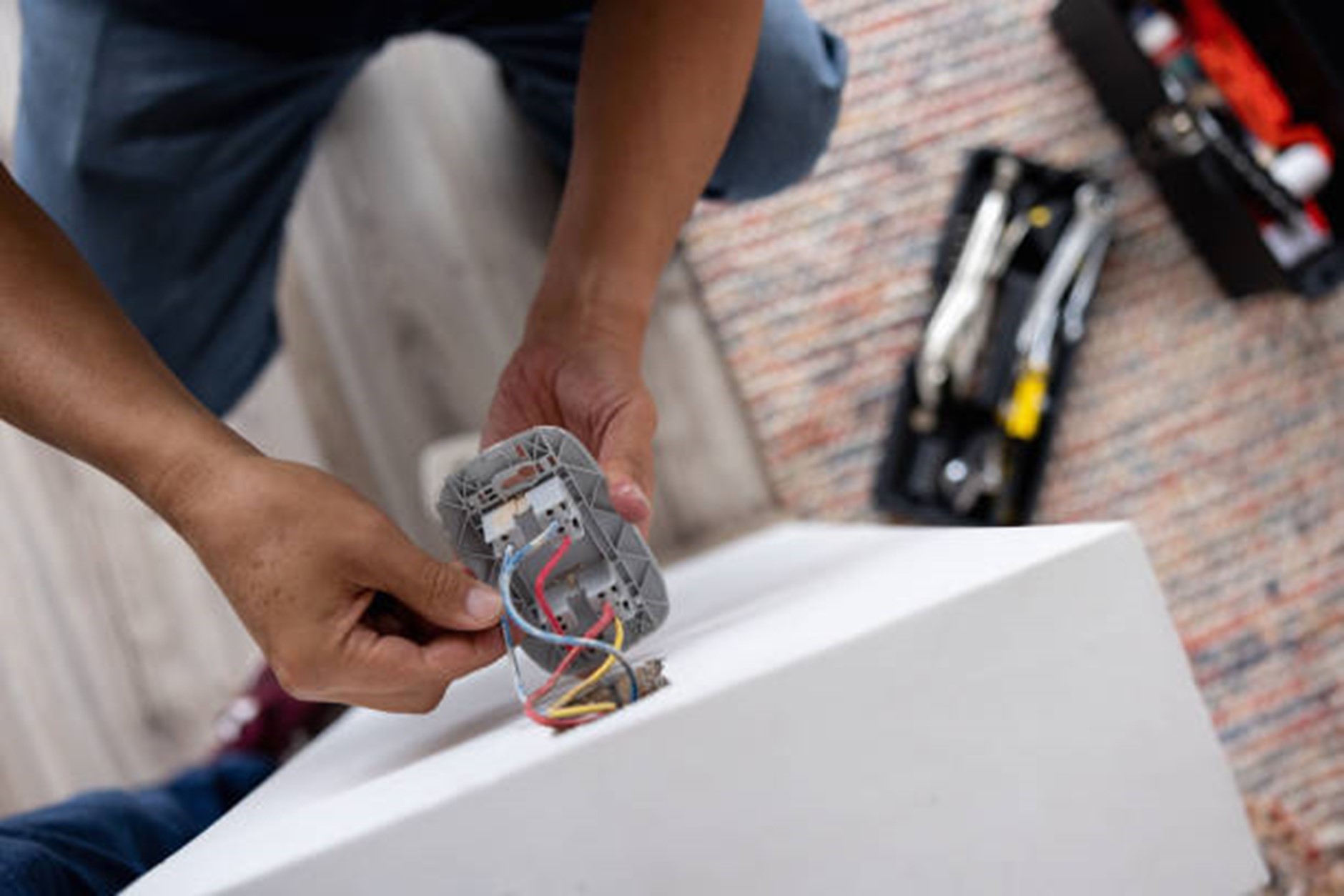
Common Electrical Problems in Homes and How to Fix Them
Electrical problems in homes can be both a nuisance and a safety hazard. From flickering lights to tripped circuit breakers, these issues can disrupt your daily life and potentially cause serious damage if not addressed promptly. This guide will help you identify common electrical problems, understand how to fix them safely, and know when to call in a professional.
Identification of Common Electrical Issues
Tripped Circuit Breakers and Blown Fuses
What They Are:
Circuit breakers and fuses are safety devices designed to protect your home’s electrical system from overloads and short circuits. When too much electricity flows through the wires, these devices “trip” or “blow” to cut off the power, preventing potential damage and fires.
How to Fix:
- Locate the Electrical Panel: Typically found in basements, garages, or utility rooms.
- Identify the Tripped Breaker or Blown Fuse: Look for a breaker in the “off” position or a fuse with a broken wire inside the glass.
- Reset the Breaker or Replace the Fuse:
- For breakers: Flip the tripped breaker to the “off” position, then back to the “on” position.
- For fuses: Unscrew the blown fuse and replace it with one of the same amperage.
When to Call a Professional: If the breaker trips or the fuse blows repeatedly, this could indicate a more serious electrical issue that needs professional attention.
Flickering Lights and What They Indicate
What They Are:
Flickering lights can be caused by several factors, ranging from simple issues like loose bulbs to more complex problems like faulty wiring or overloaded circuits.
How to Fix:
- Check the Bulbs: Ensure bulbs are securely screwed in.
- Inspect Light Fixtures: Loose wiring within the fixture can cause flickering. Turn off the power and tighten any loose connections.
- Check the Circuit: Flickering can also occur if the circuit is overloaded. Reduce the load by unplugging some devices.
When to Call a Professional: If flickering persists after these checks, it could indicate a problem with the wiring or the electrical panel, requiring professional assessment.

Electrical Surges and Protection Strategies
What They Are:
Electrical surges are sudden increases in voltage that can damage electronic devices and appliances. They can be caused by lightning strikes, power outages, or faulty appliances.
How to Fix:
- Install Surge Protectors: Use surge protectors for valuable electronics and appliances.
- Check Wiring and Outlets: Loose or faulty wiring can cause surges. Inspect and repair any visible issues.
- Unplug Devices During Storms: During lightning storms, unplug sensitive electronics to protect them from surges.
When to Call a Professional: If you experience frequent surges, a professional electrician should inspect your home’s electrical system to identify and fix the root cause.
Faulty Wiring and Outlet Issues
What They Are:
Faulty wiring and outlets can lead to a variety of problems, including power outages, sparks, and even electrical fires. Common signs of faulty wiring include discolored outlets, a burning smell, or outlets that feel warm to the touch.
How to Fix:
- Inspect Outlets: Check for discoloration, warmth, or burning smells. Replace any damaged outlets.
- Tighten Connections: Loose wiring can cause issues. Turn off the power and tighten any loose connections within outlets or fixtures.
- Upgrade Wiring: Older homes may have outdated wiring that can’t handle modern electrical loads. Consider upgrading the wiring to a safer, more efficient system.
When to Call a Professional: For major wiring issues or if you’re unsure about handling electrical repairs, always call a licensed electrician. Working with electricity can be dangerous, and professional expertise ensures the job is done safely and correctly.
Overloaded Circuits and Power Strips
What They Are:
Overloaded circuits occur when too many devices draw power from a single circuit, causing the breaker to trip. This is a common problem in homes with many high-power appliances or electronics.
How to Fix:
- Redistribute Devices: Move some devices to other circuits to balance the load.
- Use Power Strips Wisely: Ensure power strips are not overloaded and are equipped with surge protection.
- Upgrade Electrical Panel: If your home frequently experiences overloaded circuits, consider upgrading the electrical panel to handle higher loads.
When to Call a Professional: If redistributing devices and using power strips do not solve the problem, a professional electrician can assess your home’s electrical capacity and suggest upgrades.
Dead Outlets
What They Are:
Dead outlets are outlets that no longer provide power. This can be caused by a tripped breaker, a blown fuse, or faulty wiring.
How to Fix:
- Check the Circuit Breaker: Ensure the breaker associated with the outlet is not tripped.
- Test the Outlet: Use a multimeter to check if the outlet is receiving power.
- Replace the Outlet: If the outlet is still dead, turn off the power and replace it.
When to Call a Professional: If multiple outlets are dead or if you suspect wiring issues, it’s best to have a professional electrician inspect your home.

Light Switches Not Working
What They Are:
Light switches that do not turn lights on or off can be frustrating and indicate underlying electrical issues.
How to Fix:
- Check the Bulb: Ensure the bulb is not burned out.
- Inspect the Switch: Turn off the power and check the wiring connections inside the switch.
- Replace the Switch: If the wiring is intact but the switch does not work, replace it.
When to Call a Professional: If replacing the switch does not resolve the issue, there may be a problem with the wiring that requires professional attention.
Burning Smell or Sparks
What They Are:
A burning smell or sparks from outlets or switches is a serious warning sign of electrical problems. This can indicate overheating, short circuits, or faulty wiring.
How to Fix:
- Turn Off the Power: Immediately turn off the power to the affected area at the electrical panel.
- Inspect the Outlet or Switch: Check for visible damage or loose connections.
- Replace Damaged Components: Replace any damaged outlets, switches, or wiring.
When to Call a Professional: Always call a professional electrician if you notice a burning smell or sparks. These signs can indicate serious hazards that need expert intervention.

Safety Tips for Working with Electricity
Basic Safety Precautions:
- Turn Off the Power: Always turn off the power at the electrical panel before starting any repair.
- Use Insulated Tools: Use tools with insulated handles to reduce the risk of electric shock.
- Wear Protective Gear: Use safety goggles and gloves to protect yourself from injury.
- Test for Live Wires: Use a voltage tester to ensure no electricity is flowing through wires before touching them.
- Keep Water Away: Never work with electricity in wet conditions or with wet hands.
When to DIY and When to Call a Professional:
DIY Projects:
- Replacing light bulbs and fixtures.
- Resetting circuit breakers and replacing fuses.
- Installing surge protectors.
Professional Projects:
- Rewiring parts of your home.
- Installing or upgrading electrical panels.
- Diagnosing persistent electrical issues.
Conclusion
Understanding common electrical problems and knowing how to fix them can help you maintain a safe and efficient home. However, safety should always be your top priority. For simple tasks like replacing bulbs and resetting breakers, DIY solutions are often sufficient. But for more complex issues like frequent surges, persistent flickering lights, and faulty wiring, it’s crucial to call a professional electrician.